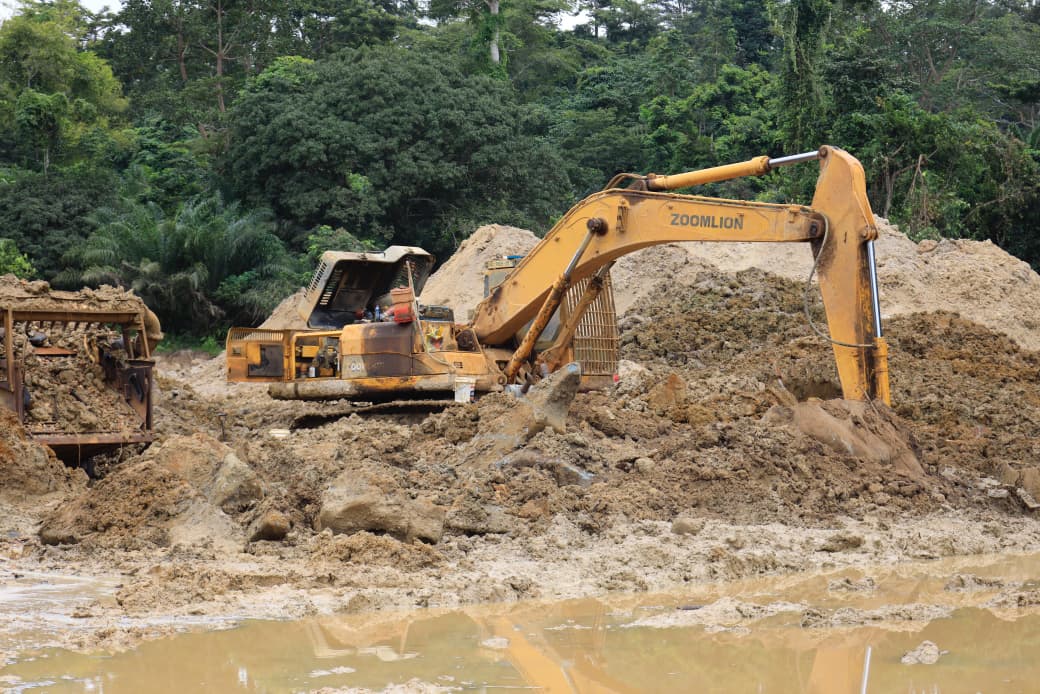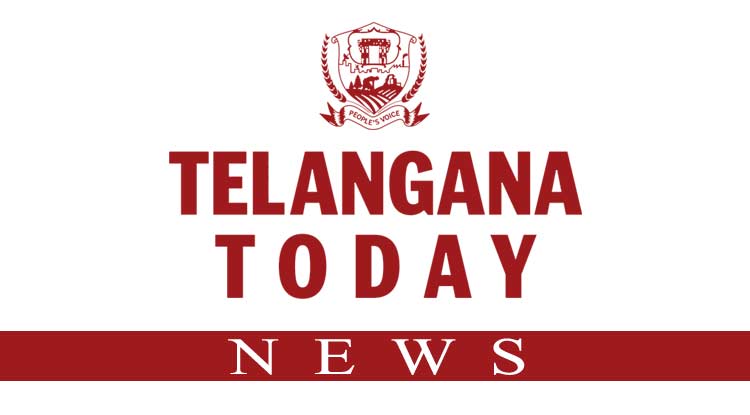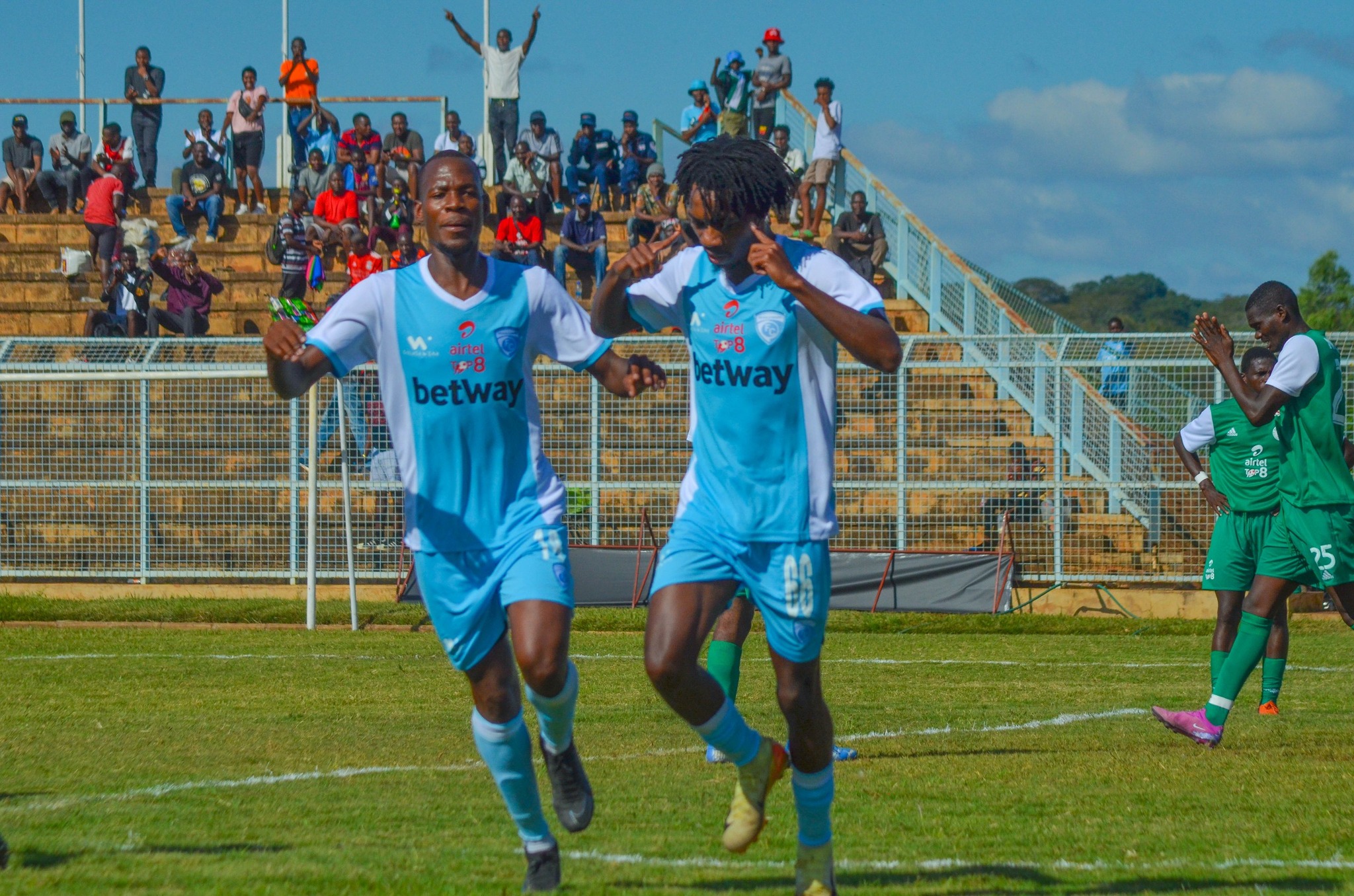Copyright ghanaweb

Illegal mining activities have caused the destruction of rivers and land This article analyses Ghana’s ongoing crisis of illegal small-scale gold mining (commonly known as 'galamsey') through the framework of regulatory theory. It argues that traditional enforcement approaches, based either on deterrence or persuasion alone, have failed to curb the practice. Drawing on the principles of responsive regulation, the paper proposes a Ghana-specific enforcement pyramid that begins with education and voluntary compliance but escalates to deterrence and criminal prosecution when necessary. The analysis highlights how a balanced, transparent, and graduated system of enforcement could provide a more effective pathway for addressing the environmental, social, and governance challenges posed by galamsey. Introduction: De Lege Ferenda and Ghana’s Enforcement Challenge The Latin phrase de lege ferenda, meaning “the law as it ought to be”, encourages us to consider not only existing legislation but also the regulatory reforms necessary to address both present and future challenges. In Ghana, the crisis of illegal small-scale gold mining, commonly referred to as galamsey, reveals the limitations of the current regulatory framework. Beyond the visible environmental impacts: deforestation, water pollution, and land degradation, galamsey reflects deeper institutional weaknesses, particularly in enforcement and regulatory oversight. Despite numerous laws and repeated government interventions, including the formation of special task forces and the deployment of security agencies, galamsey continues to destroy ecosystems, threaten rural livelihoods, and undermine public confidence in state institutions. Its persistence raises a critical question: is Ghana’s prevailing “command-and-control” regulatory model adequate to confront this deeply rooted challenge? Enforcement strategies have largely swung between two poles. On one side are deterrence-based measures, such as raids, arrests, equipment confiscations, and punitive sanctions, aimed at discouraging offenders. On the other are more accommodative approaches, including community sensitisation, rehabilitation programmes, and attempts to formalise artisanal mining. However, when applied in isolation, neither approach has yielded lasting results. The ongoing prevalence of galamsey indicates that deterrence alone has limited impact, while accommodation efforts often falter without credible enforcement mechanisms. What the Ghanaian case highlights is the need for a more integrated regulatory approach, one that combines both deterrence and support within a coherent and adaptive framework. In this regard, the concept of responsive regulation provides a valuable alternative. Responsive regulation is founded on the principle that neither punishment nor persuasion alone is sufficient to ensure compliance. Rather, it advocates a graduated, flexible model of enforcement that begins with cooperation and assistance, escalating to stricter sanctions when necessary. As the saying goes, the regulator must “speak softly while carrying a big stick”. Applied to Ghana’s mining sector, this approach would involve building trust with communities, promoting legal and sustainable small-scale mining, and maintaining a credible threat of enforcement through fines, licence revocations, or, where needed, criminal prosecution for persistent offenders. By aligning Ghana’s regulatory enforcement with the principles of responsive regulation, the country could adopt a more balanced, transparent, and effective strategy. This would not only enhance environmental protection, but also address the socio-economic conditions that compel many Ghanaians to engage in galamsey in the first place. Responsive regulation as a framework for mining governance Regulatory theory offers a useful alternative through the concept of responsive regulation. First articulated by Ayres and Braithwaite (1992), this model rejects the idea that compliance can be secured solely through punishment or persuasion. Instead, it emphasises a flexible enforcement pyramid that begins with cooperative measures but escalates to tougher sanctions when compliance is deliberately flouted. In simple terms, regulators are encouraged to “speak softly while carrying a big stick.” For Ghana, the responsive regulation model provides an attractive framework for managing the galamsey crisis. Many illegal miners operate outside the law not simply because of criminal intent, but because of barriers to accessing licenses, lack of viable livelihoods, and limited trust in state institutions. Beginning enforcement with persuasion and support—through technical assistance, licensing reforms, and livelihood alternatives—would acknowledge these realities. At the same time, responsive regulation demands that persistent offenders face progressively severe sanctions, including equipment confiscation, mine closures, and criminal liability. A Ghanaian enforcement pyramid for galamsey To operationalise this model in Ghana, the idea of an enforcement pyramid (see Fig. 1) can be adapted specifically to the mining sector. At the base of such a pyramid lies education and voluntary compliance. This would involve simplifying licensing procedures, digitising the application process, and making them more accessible to small-scale miners who often operate informally due to bureaucratic hurdles. Alongside licensing, miners could receive training in environmentally sustainable techniques, while communities are supported with alternative livelihoods such as cocoa farming, agroforestry, or eco-tourism to reduce dependency on illegal mining. Above this level would be the use of warnings and negotiated undertakings. Regulators could issue formal warnings to those violating mining rules but who demonstrate a willingness to reform. Conditional amnesty might also be offered, giving galamsey operators the opportunity to transition into legal small-scale mining within a defined period. Crucially, offenders would be required to participate in land reclamation or river rehabilitation programmes as part of compliance undertakings, thereby linking enforcement with environmental restoration. The next level of the pyramid would introduce administrative sanctions. These would include fines for repeated violations, suspension or revocation of licenses for non-compliant operators, and temporary halts of mining activities in areas suffering severe ecological damage. Such sanctions would act as a deterrent while giving operators the chance to adjust their practices without facing immediate criminalisation. At the higher levels, enforcement would escalate to strong deterrence. This would involve confiscating equipment from chronic offenders, shutting down operations in forest reserves and critical water catchments, and publicly blacklisting companies and financiers who support galamsey. These measures would send a clear message that environmental destruction for private gain will not be tolerated. Finally, at the apex of the enforcement pyramid lies criminal prosecution. Here, persistent offenders who refuse to comply with regulations despite repeated opportunities would face court action, with custodial sentences where appropriate. The law would also hold corporate actors, financiers, and foreign collaborators accountable for enabling galamsey. In addition to punitive sentences, courts could issue environmental restitution orders, requiring offenders to finance the restoration of degraded lands and polluted rivers. In this way, the Ghanaian enforcement pyramid offers a comprehensive framework that begins with cooperation and support but progressively escalates towards stronger sanctions. By structuring enforcement in this manner, the government can make compliance more attractive while ensuring that persistent violations are met with consequences that are both credible and proportionate. Building trust and social license Responsive regulation also underscores the need to secure a social license to operate. In Ghana, mistrust between mining communities, companies, and regulators has frequently undermined enforcement. Communities view interventions as externally imposed and sometimes politically motivated, while companies complain of regulatory inconsistency. A responsive model encourages transparency, dialogue, and partnership—essential steps for rebuilding legitimacy. Mining companies and regulators would need to commit to open reporting, fair compensation for land acquisition, and genuine consultation over land-use planning. Communities, in turn, would have to recognise legitimate small-scale mining operations that comply with environmental safeguards. Such reciprocity strengthens the effectiveness of enforcement by embedding it in shared values rather than coercion alone. Policy direction for Ghana The lesson for Ghana is that neither deterrence nor persuasion alone will solve the galamsey crisis. What is needed is a regulatory strategy that blends both—beginning with engagement and support but always backed by credible sanctions. Responsive regulation provides that pathway. By adopting a Ghana-specific enforcement pyramid, the government can move beyond ad hoc crackdowns towards a sustainable model of governance. Persistent offenders would face strict penalties, while those willing to transition into legal, sustainable operations would be supported. This balance would protect the environment, safeguard livelihoods, and restore public confidence in the rule of law. In short, Ghana’s galamsey crisis should not only be seen as an environmental and economic challenge, but also as an opportunity to rethink regulatory enforcement itself. A shift towards responsive regulation would allow the state to “speak softly” through cooperation, while still carrying the “big stick” needed to deter those who persist in illegal mining. This dual approach may provide the most promising way forward in addressing one of the nation’s most pressing crises. Ghana’s galamsey crisis is not simply an environmental or economic issue but a profound regulatory challenge. Decades of deterrence-led crackdowns have proven insufficient, while softer, accommodative measures alone cannot secure lasting compliance. The path forward lies in adopting a responsive regulatory framework that combines both support and sanction in a transparent, predictable manner. A Ghanaian enforcement pyramid, tailored to the country’s unique mining landscape, would make compliance attractive for willing actors while ensuring that chronic violators face meaningful consequences. By aligning enforcement with the principles of responsive regulation, Ghana has the opportunity to restore degraded lands, protect its water bodies, strengthen the rule of law, and rebuild public trust in governance.



